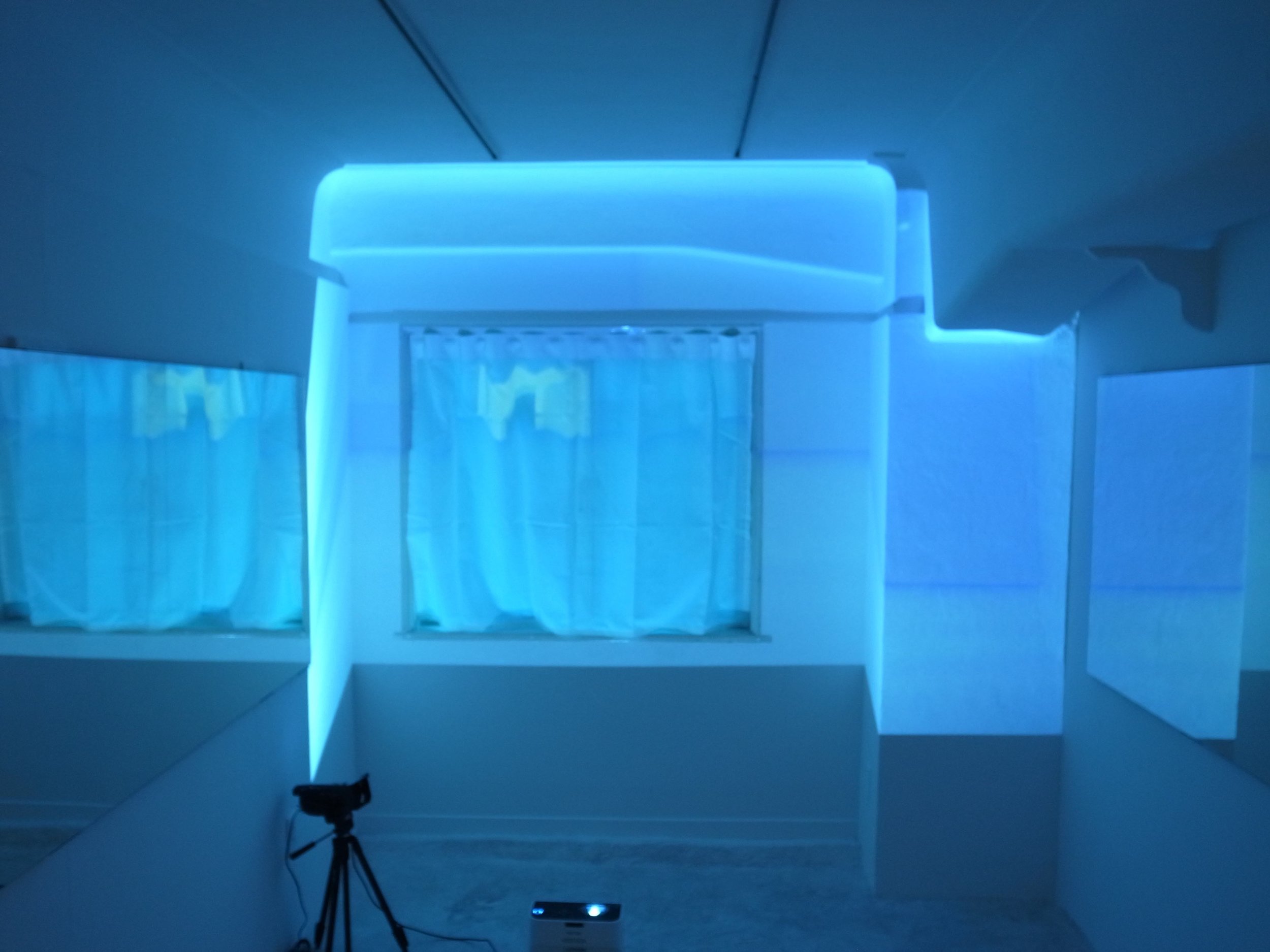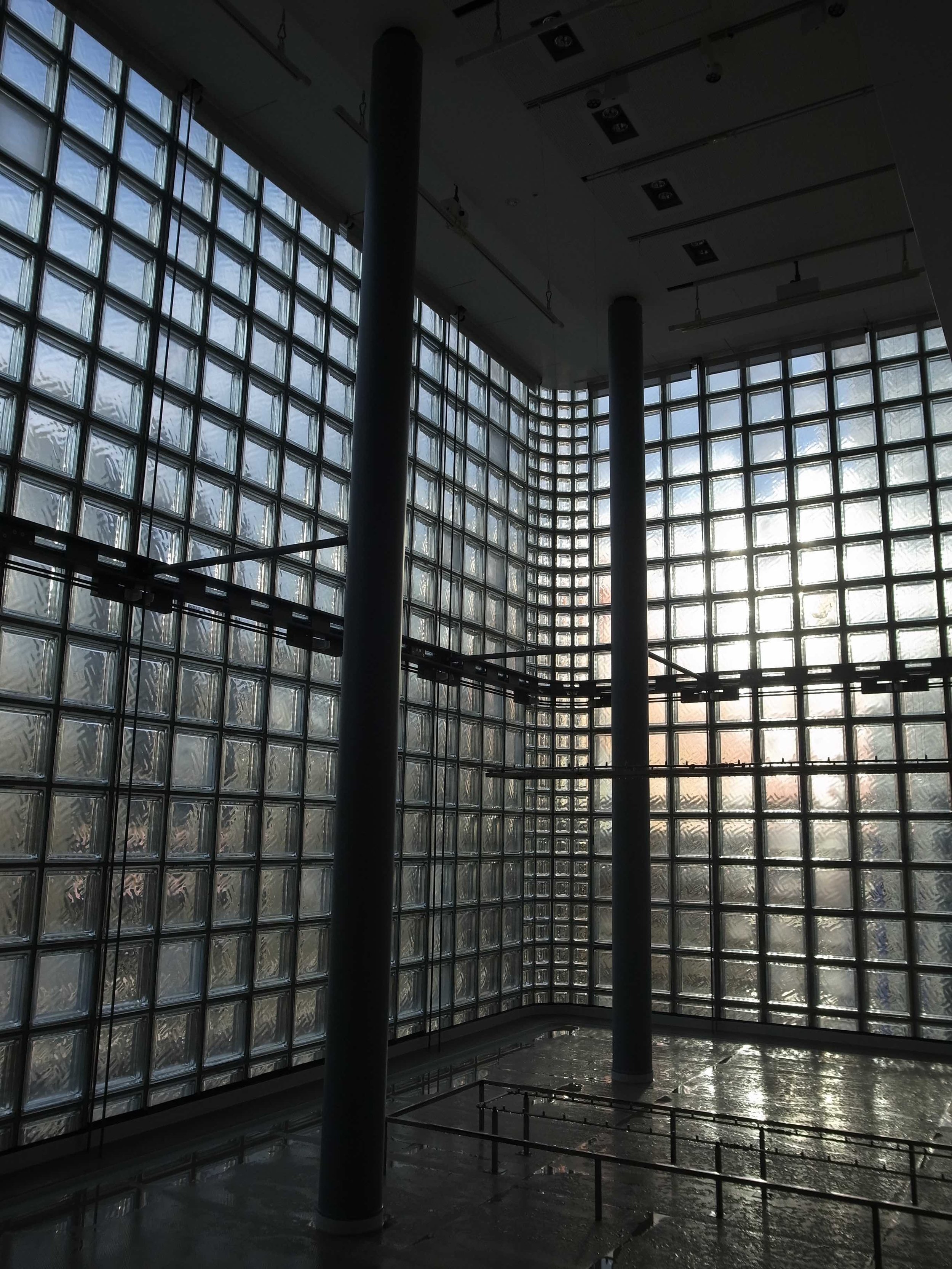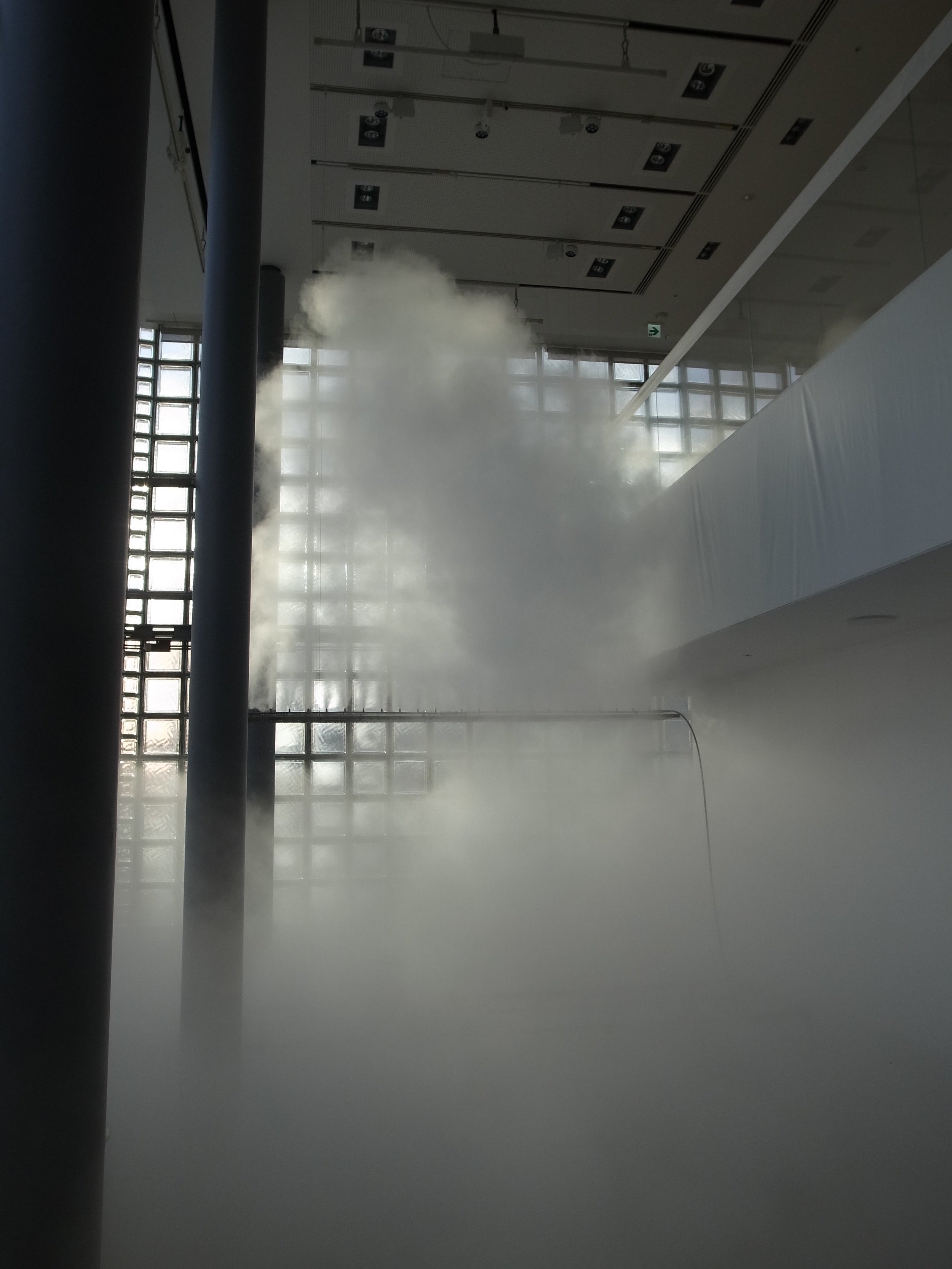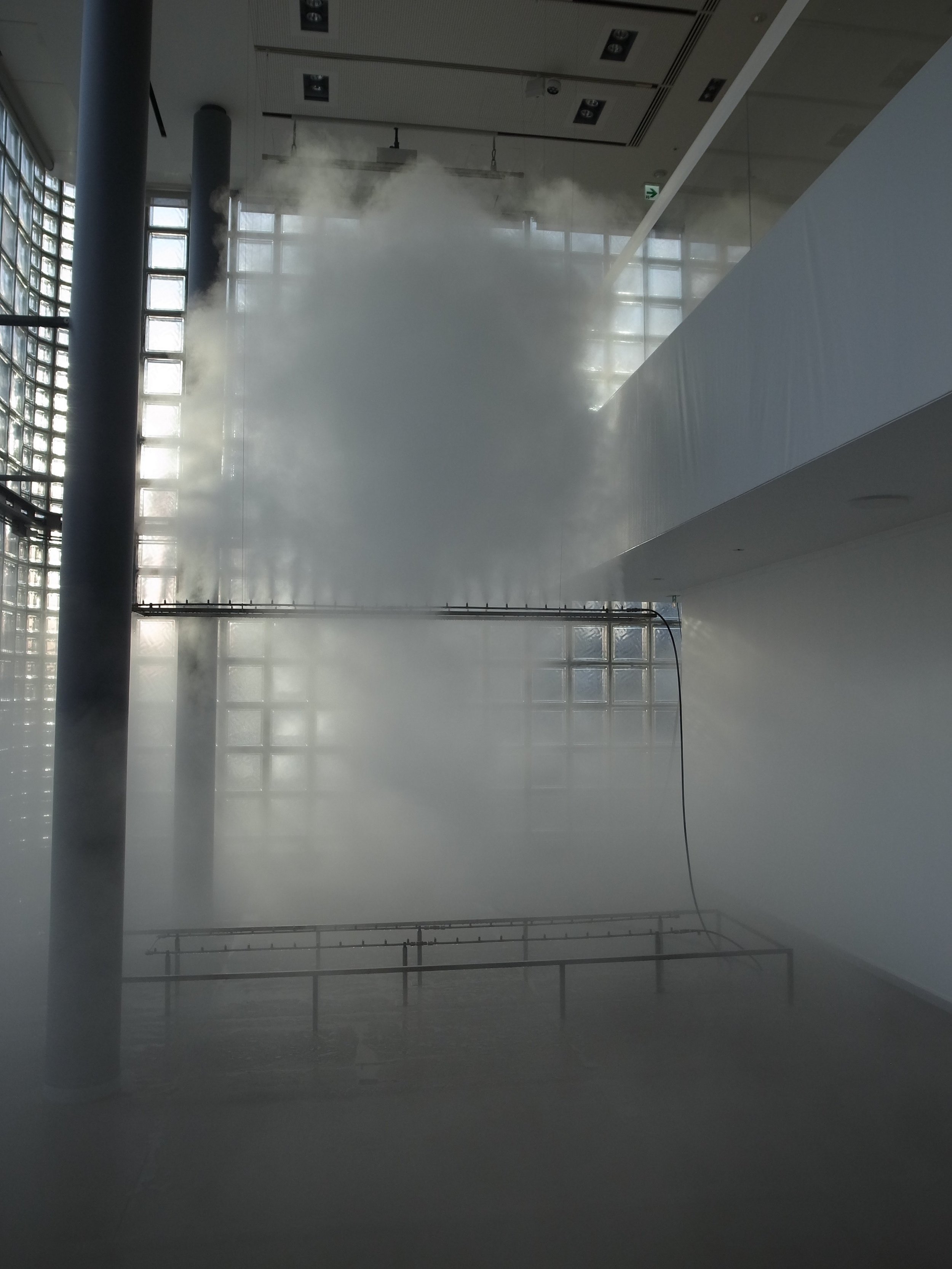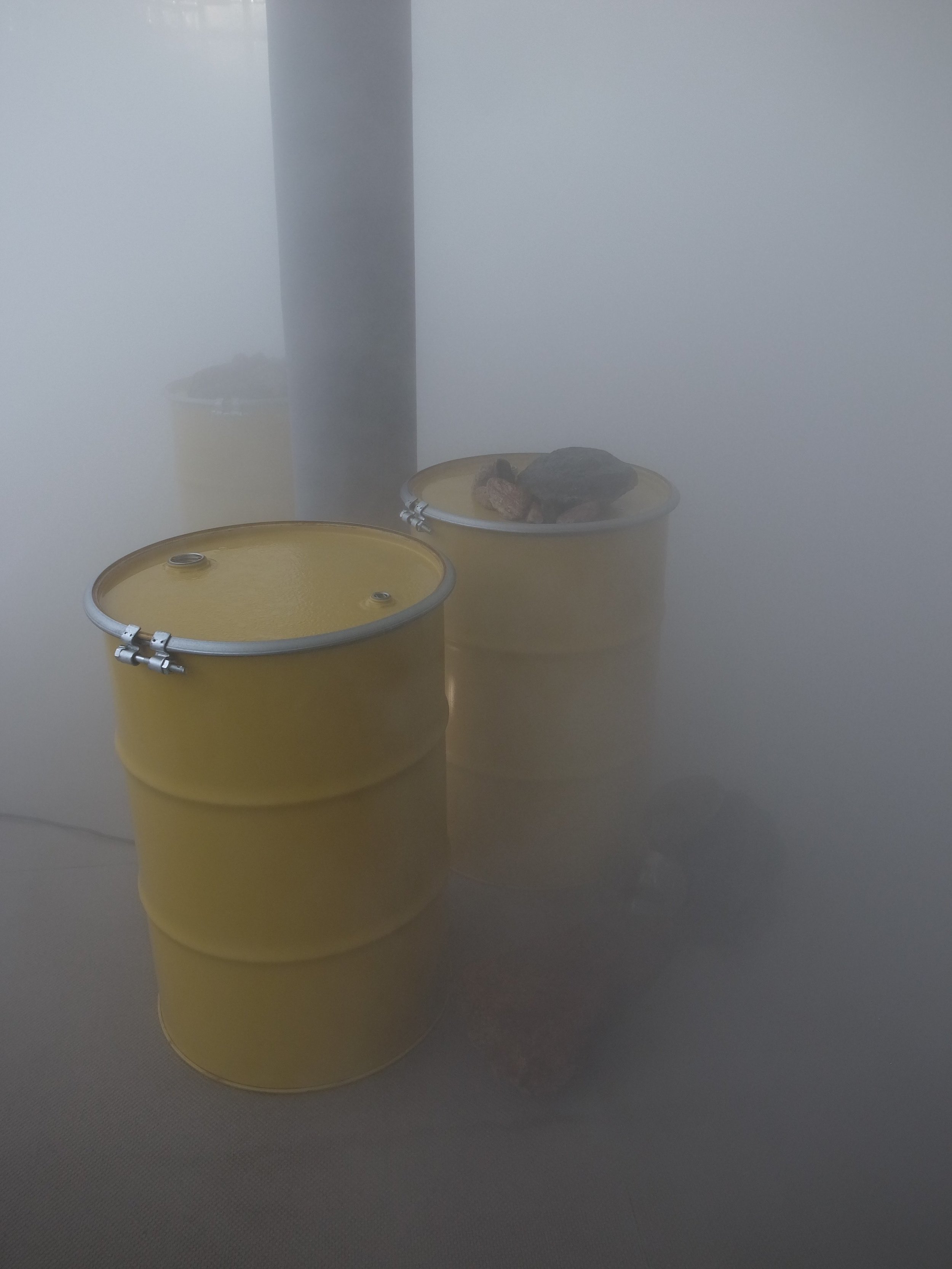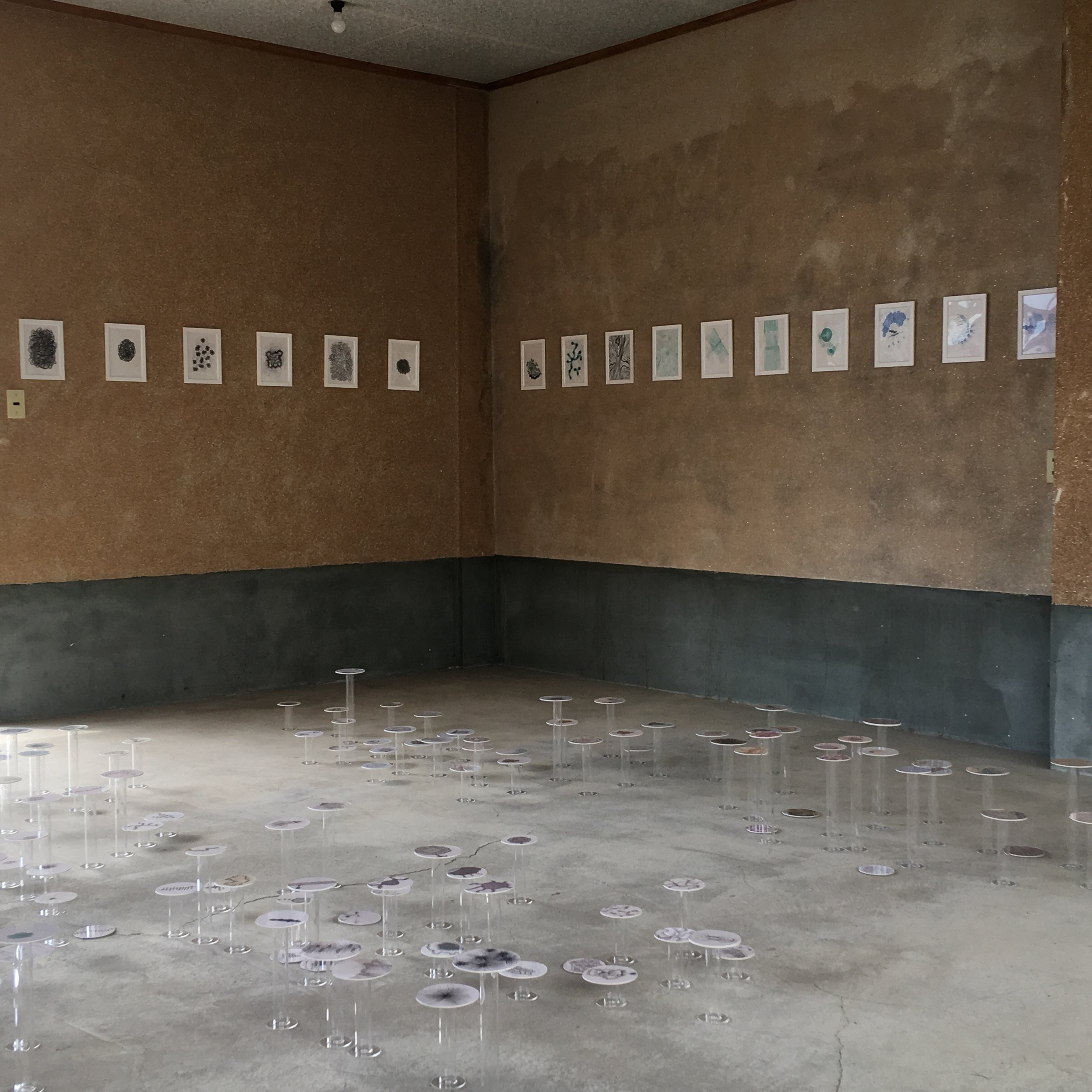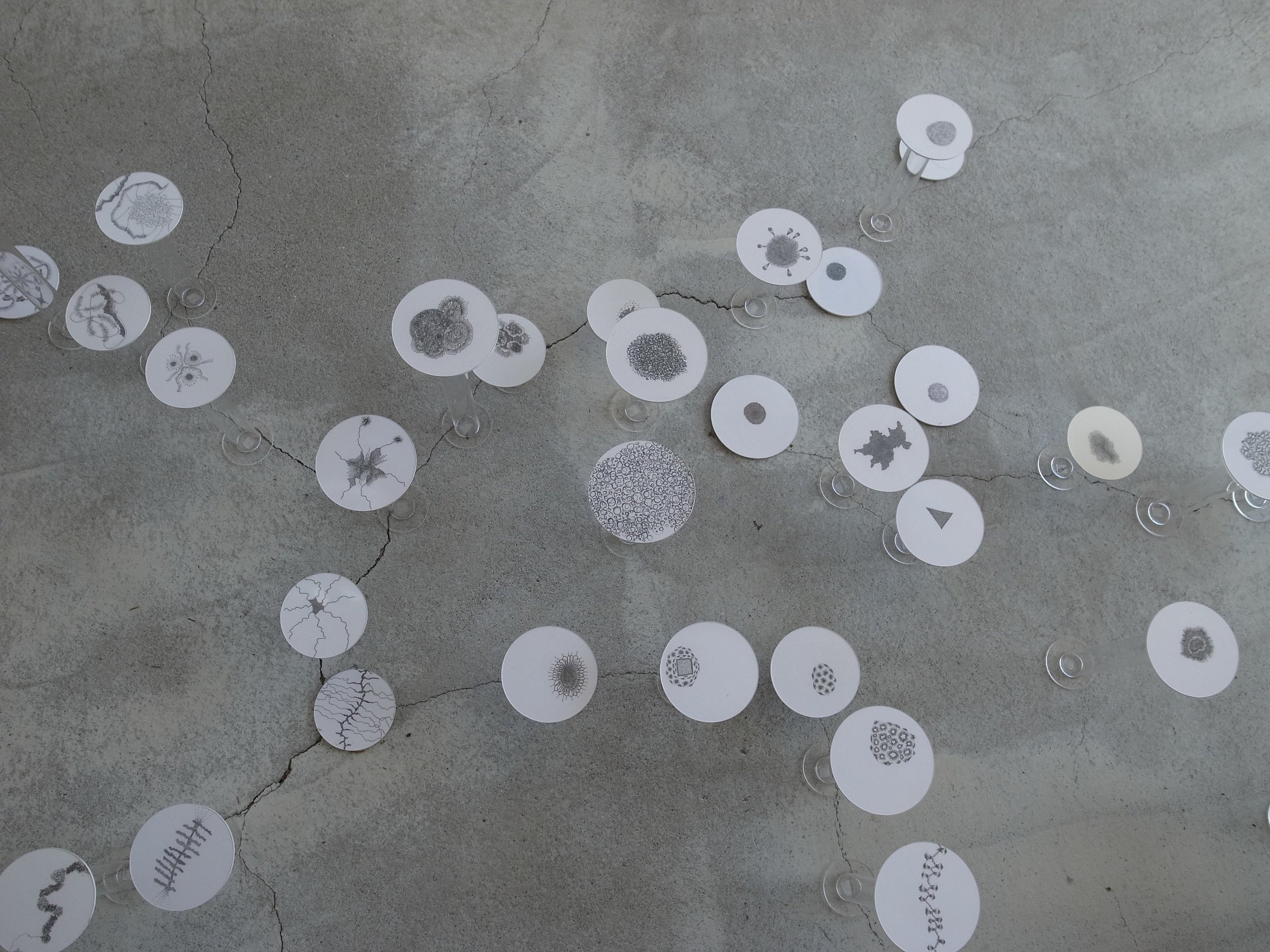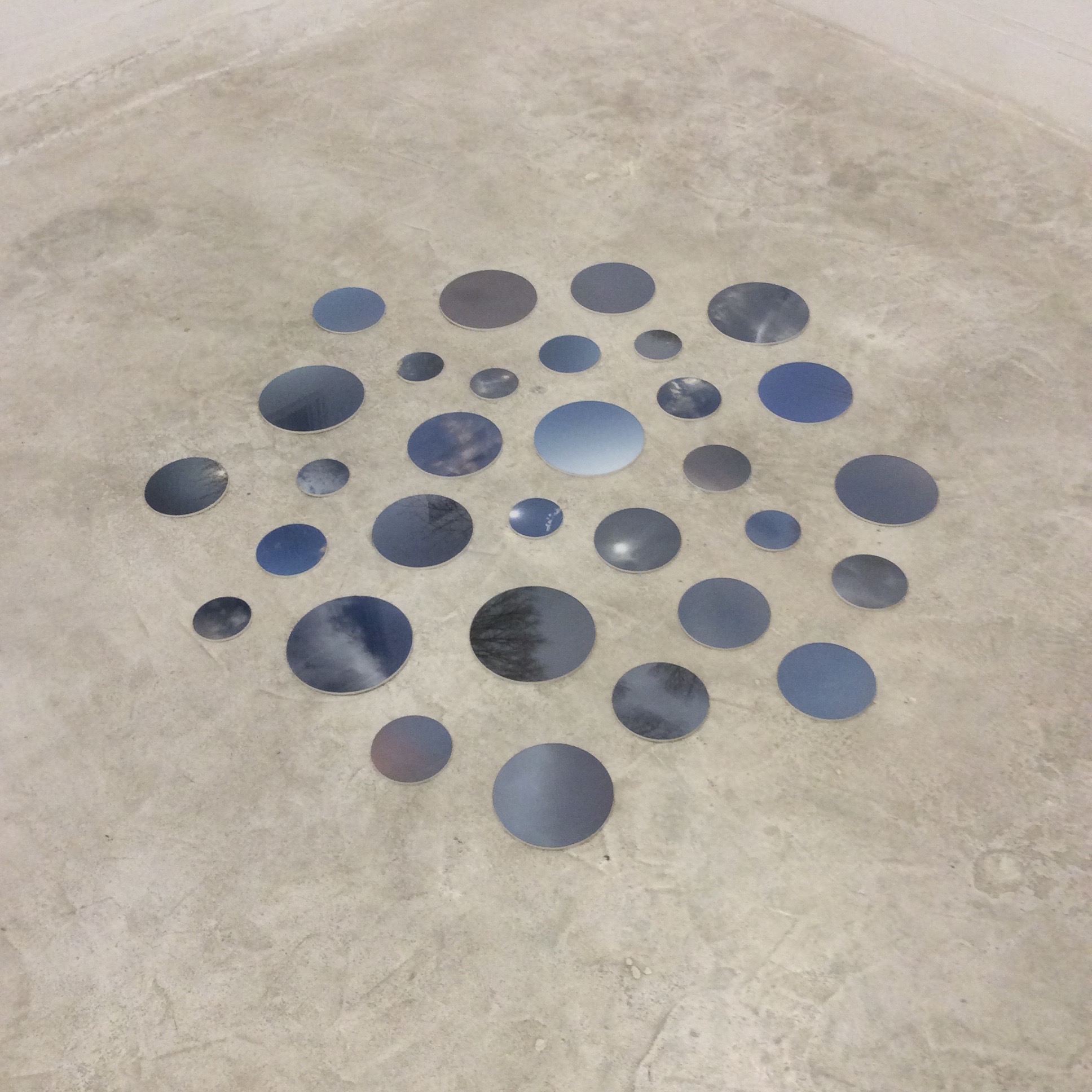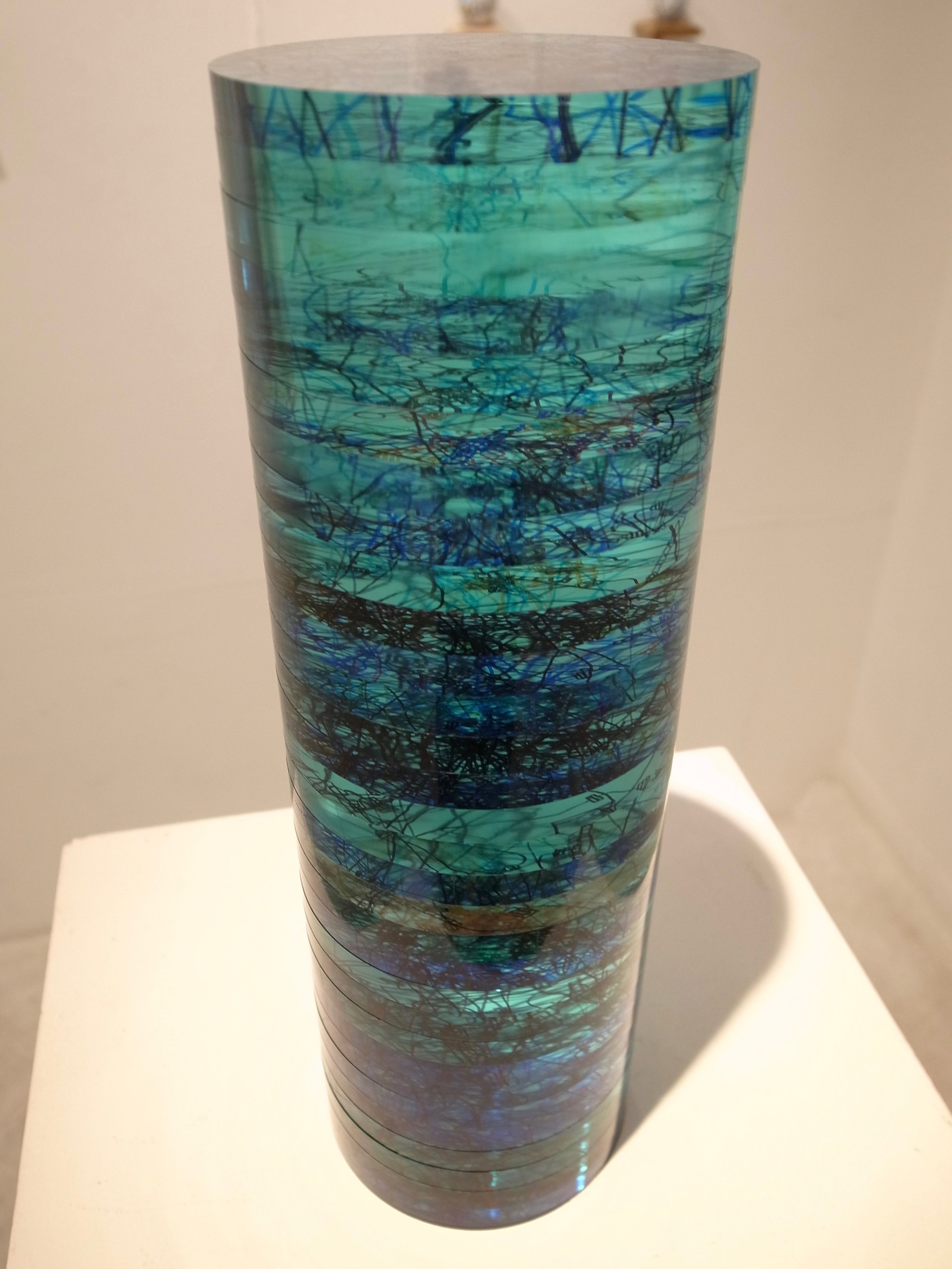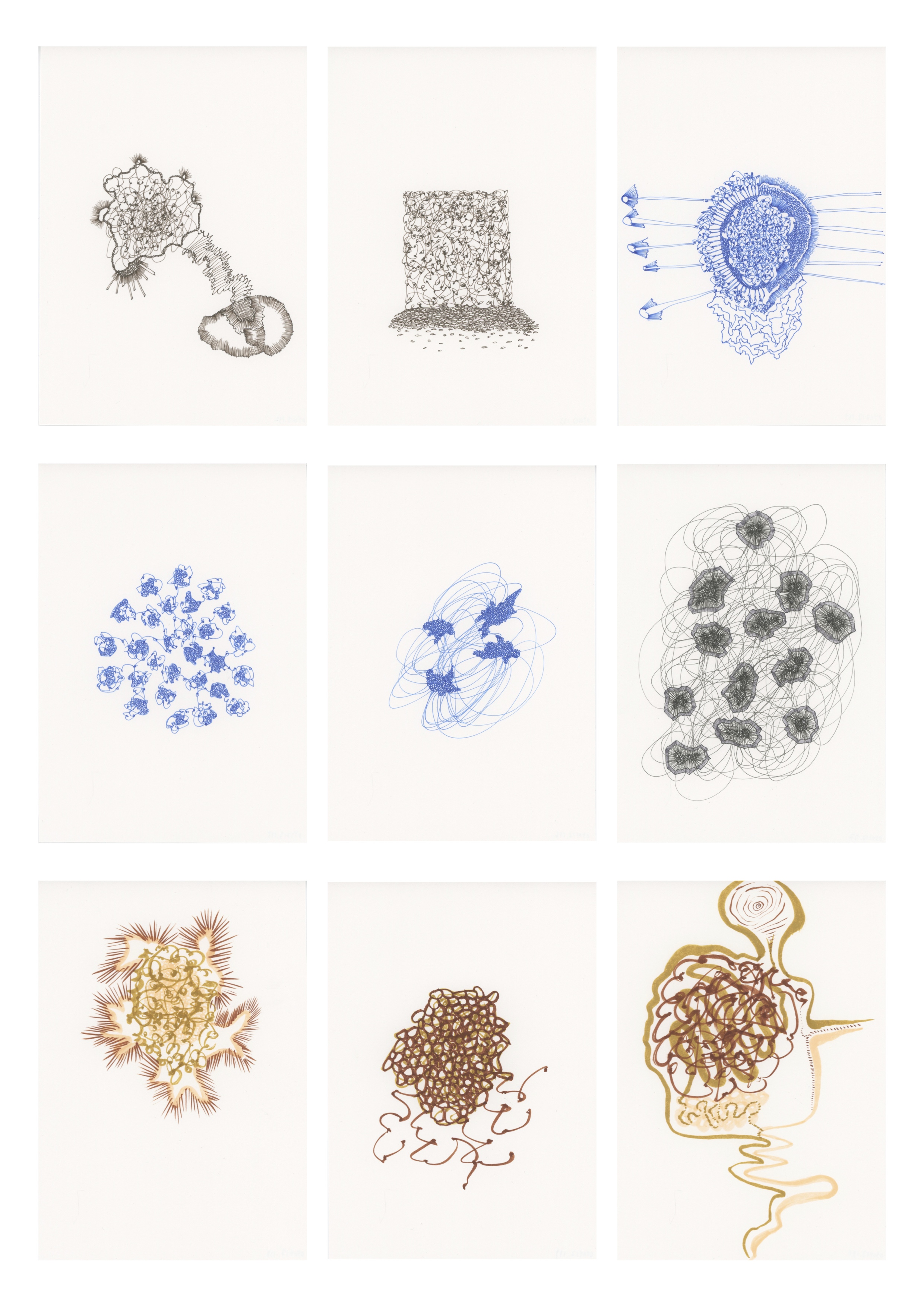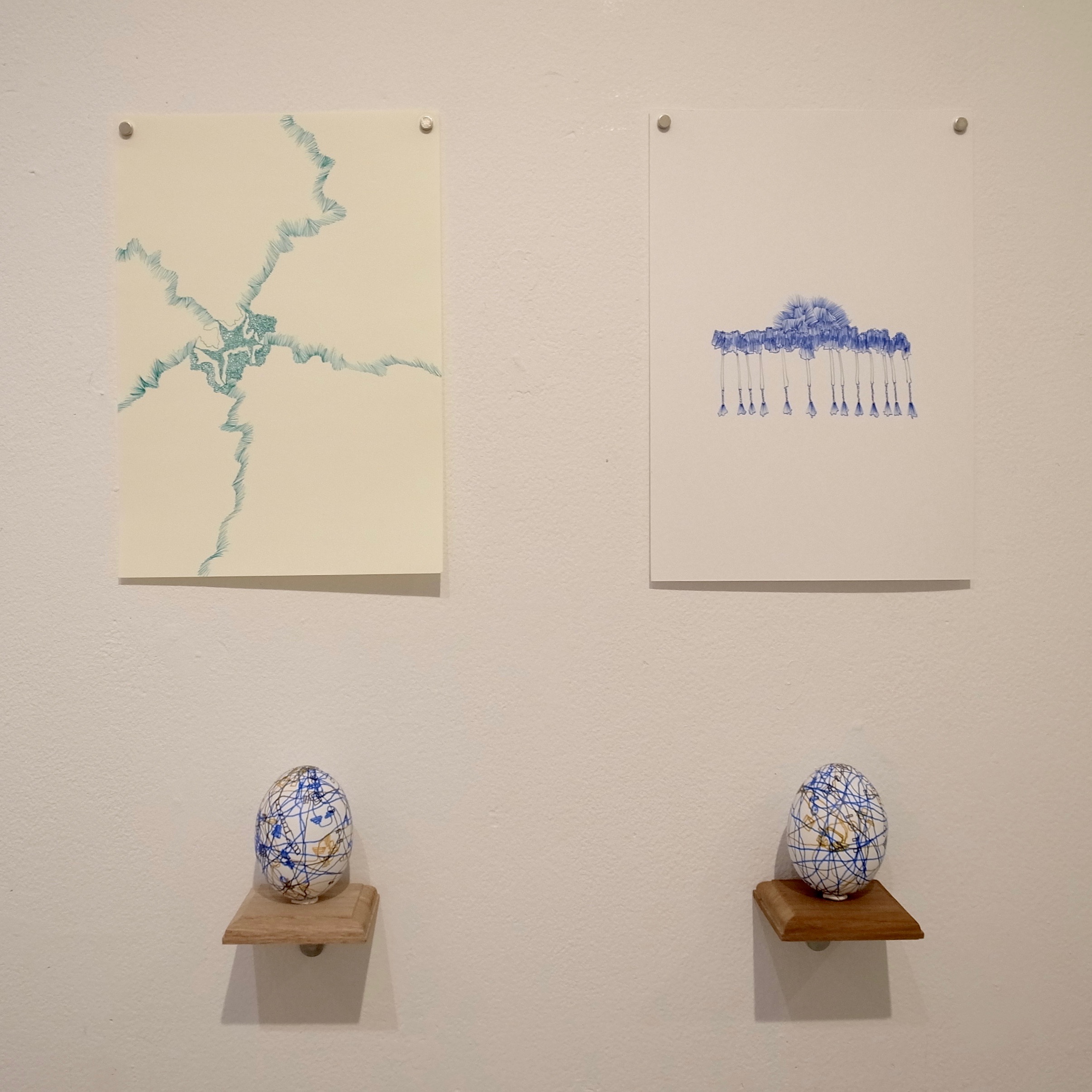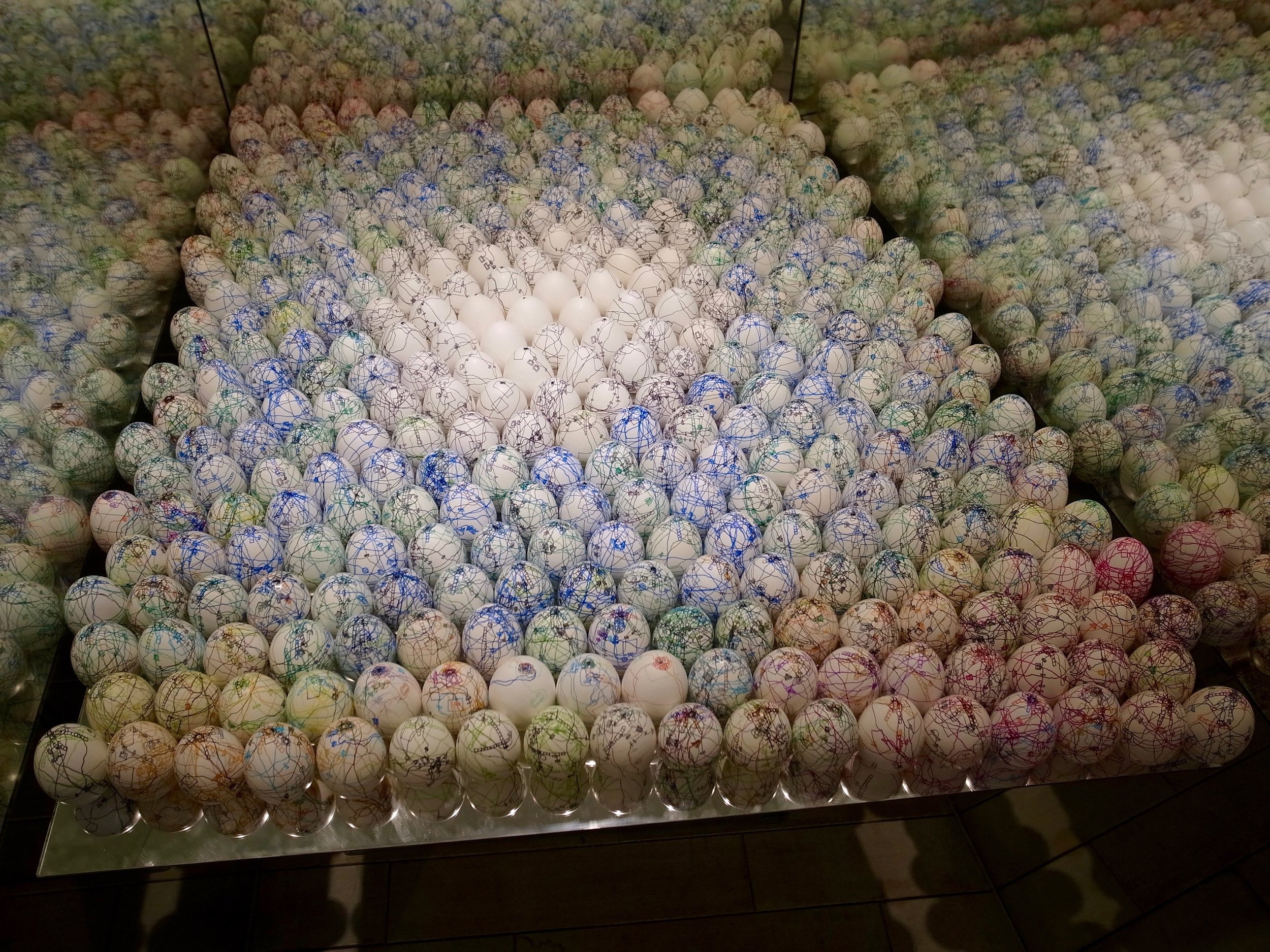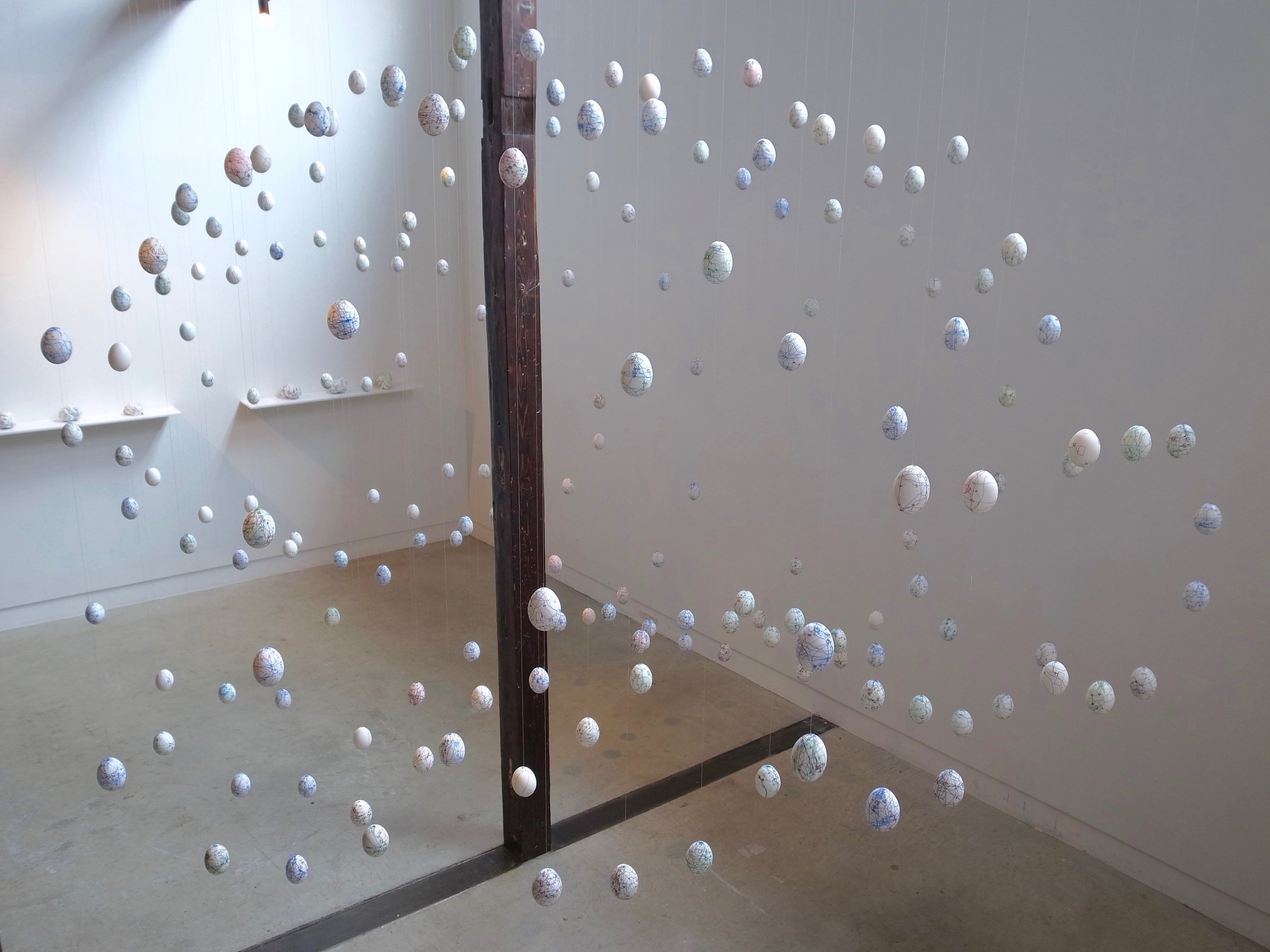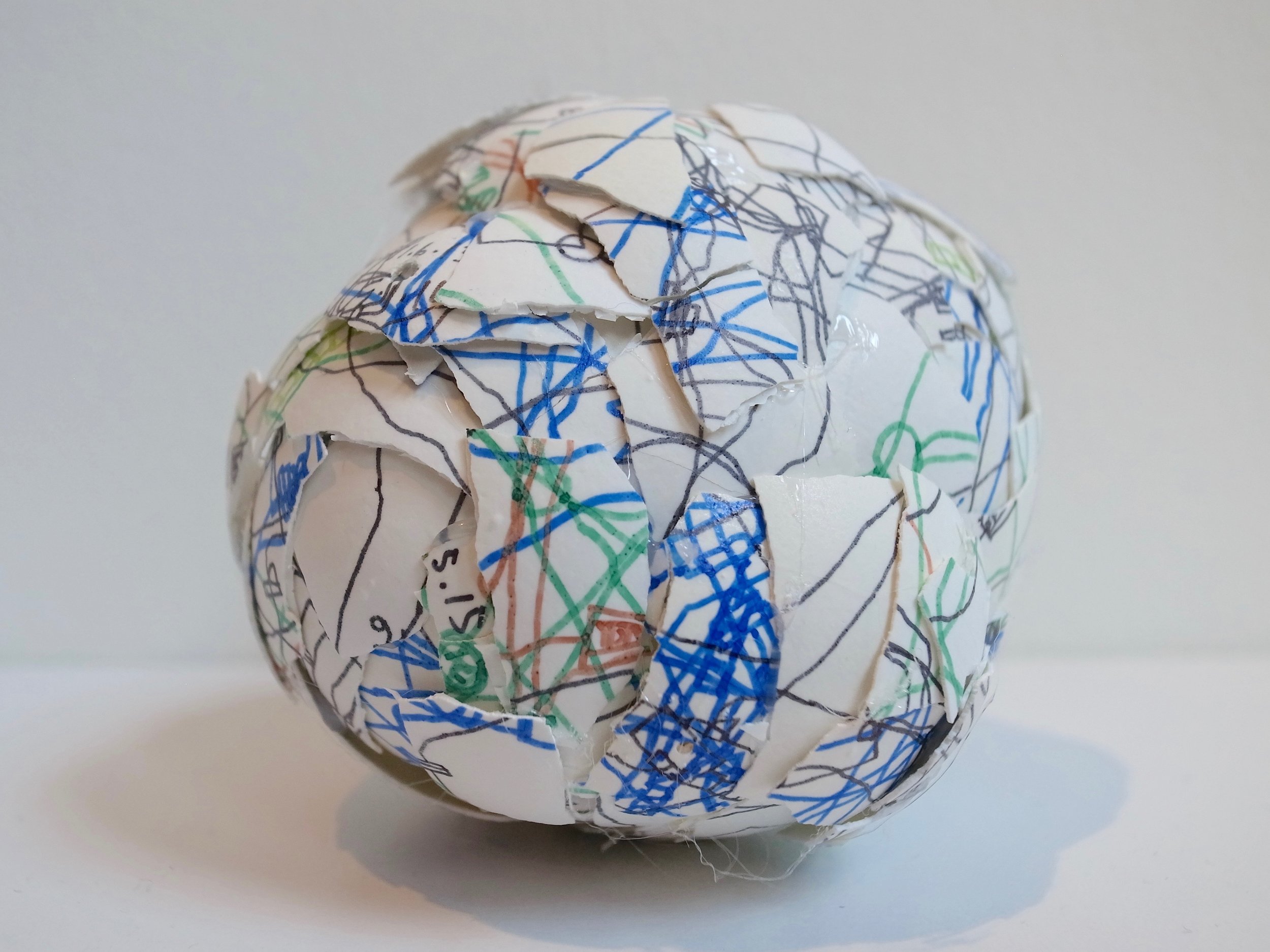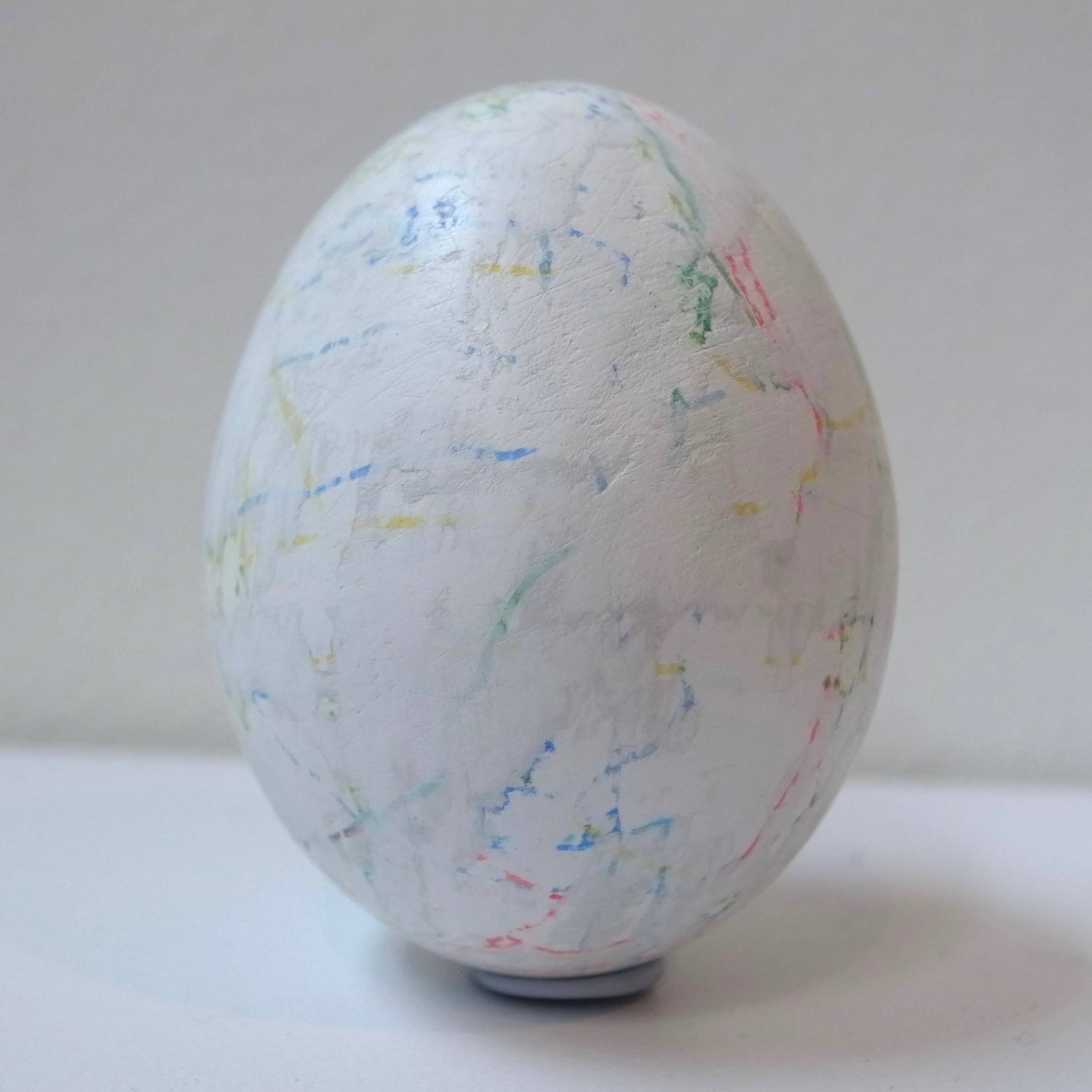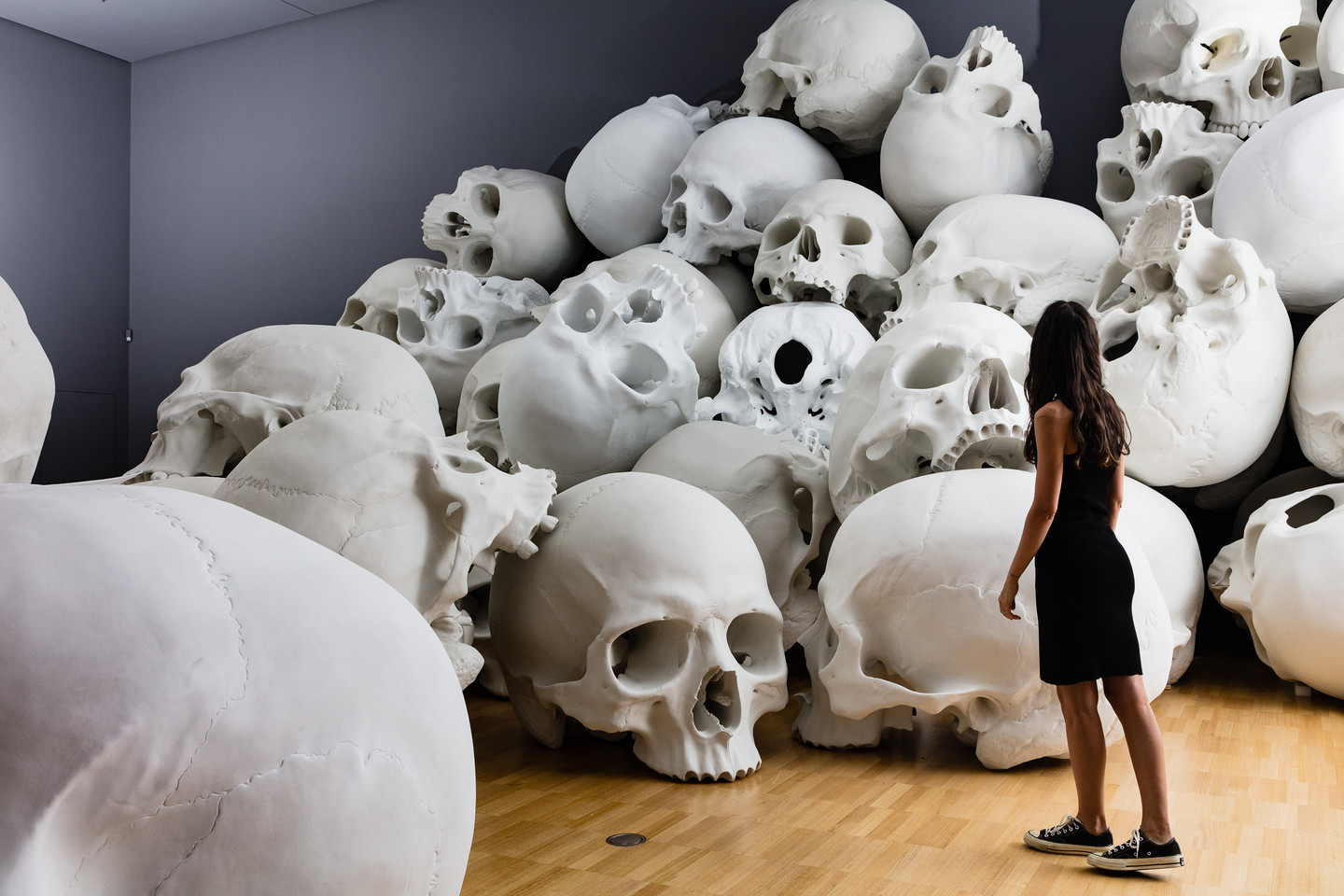The weather in Tokyo was forecast to be cloudy last night. That along with the fact that I live in the middle of a metropolis pretty much ruled out seeing the lunar eclipse. As I sat in my apartment partaking in my usual weeknight routine, I happened upon the news that the sky was clear and the lunar eclipse was visible. Of course, my apartment window faced the opposite direction for optimal viewing from indoors. I paused momentarily, but bundled up and headed out to see what I could see. As it turns it, the lunar eclipse was taking place in front of my apartment with the moon nestled between two tall buildings. If that was not a sign that I should be watching it, I did not know what it was. I was outside about more than an hour before the start of the total eclipse and the about a quarter of the moon was covered. Given that there was considerable time before the total eclipse, I headed back inside to warm up and grab a camera with a decent zoom. About twenty minutes before the total eclipse, I headed back out, alternated between snapping pictures and staring at the pale yellow moon turn into a warm crimson balloon floating in the night sky.
As I was staring at the super blue blood moon, I began reflecting on my revived interest in science fiction and I woke up pre-dawn and my mind started racing about different interests, themes and ideas in science fiction that have been resonating with me as of late.
Trying to trace when this iteration of science fiction interest started, I would trace it all the way back to the fall of 2015 when I was in Strand Books and picked up Charles Yu’s How to Live Safely in a Science Fictional Universe among other books. And since then I have been working through that book in very sporadic spurts. As I am currently in a peak of science fiction interest, I am certain to finish it in a week or so. Some time after that, I went back and revisited all five seasons of Fringe over the next year or so. That all seems to have laid the groundwork to send me back into science fiction.
But it was podcasts that did the trick. I wrote about podcasts at the end of last year so I will not go into too much about podcasts. For me, the podcasts touch on ideas in the paranormal, conspiracy, the unseen, and subcultures among others which really resonate with me at this point and time. LeVar Burton Reads has been a major impetus in reviving my interest in science fiction. His selection of science fiction and speculative fiction short stories has greatly expanded the universes which I could delve into beyond the classics and well-known authors.
But science fiction also inspires and revives forgotten interests. At some point during my residency at the Nakanojo Biennale, I managed to find the motivation to watch The Arrival which I had heard generally positive things about. The only drawback was that it was slowly-paced which did not bode well for my limited attention span for movies. However, no internet and no television where I was staying and burnt out on podcasts, I figured why not. By the end of the movie, I was wishing that I had studied linguistics. I also wanted to start studying linguistics and the underlying means of communication as humans and other terrestrial species and those beyond this planet. Since that first time, I have watched The Arrival several times again and gotten lost in the concepts of linguistics and the structure of time.
From there, I started off with Cixin Liu’s The Three Body Problem. I spend a few weeks mulling whether to buy the e-book version or the audiobook version. In the end I decided on the audiobook version. Since starting The Three Body Problem, I have absorbed daily doses of The Three Body Problem, The Dark Forest, and finally in the middle of Death’s End for the last two to three months. In total, I will have lent my ears to the stories of Cixin Liu for over 60 hours. The ideas that he presents about humanity, the future, the universe, and so much more are mind bending and revelatory to me. Even after I give 60 hours over to this trilogy, I can easily see myself going back to the beginning and taking in the story a second time with more of focus on the science, theories, and ideas that he develops. It also just blows my mind that this story in its details and imagination comes from one mind. This is the kind of cosmology that I can only hope to achieve with my studio work.
I am already certain that my next audiobook will be Ready Player One which was inspired by the more mysterious, adventure-laden podcasts. Tanis, Rabbits, The Black Tapes….
Being that I am always looking for ways to tie my writings back to my studio practice, I am a bit hard pressed to find a concrete connection to the genre of science fiction. The reason I decided to write about science fiction is because I was staring at the super blue blood moon last night and thinking about my place, our place on this planet, in this galaxy, and in this universe. As I have been writing this, I also have to ask myself why now? I spent the beginning of last year reading a lot of serious nonfiction books/memoirs and perhaps I became tired. So I began to look for escape. In the moving image front, I looked to horror for a few months, but the feeling from those was primarily visceral.. The choices I was making in science fiction offered both visceral and cerebral. My mind is constantly being challenged to think outside my comfortable ways of perception and understanding. Those thoughts can be uncomfortable and frightening, but they also offer possibilities. Ultimately, why I seem drawn to science fiction lately is a dynamic combination of escapism, speculation, and a personal identity crisis. And perhaps, it is this combination that I should start to set about exploring in my studio practice.
epilogue
I had thoughts of prefacing this post by saying that this is definitely one of my more stream of consciousness posts. I am trying to work things through in my writing both offline and online. This post seemed to sit in the space between online and offline so I opted for the challenge of going online with this. Maybe there are thoughts and ideas out there that can help to put more a shape onto to these thoughts.











